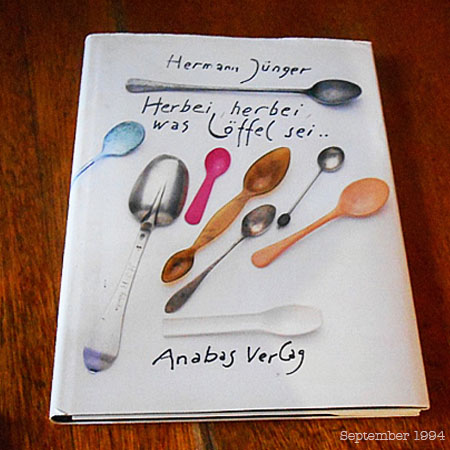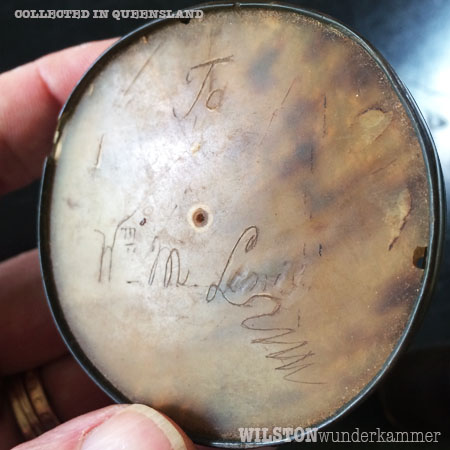Tuesday, 2 April 2024
Friday, 7 April 2017
Thursday, 6 April 2017
INDIAN BUFFALO HORN
 |
| CLICK HERE FOR MORE IMAGES |
Te focus here is upon the domesticated water buffalo. It's endangered wild ancestor, the water buffalo or domestic Asian water buffalo (Bubalus bubalis) is a large bovid originating in South, Southeast Asia and China. Today, it is also found in Europe, Australia and in some American countries.The wild water buffalo (Bubalus arnee) native to Southeast Asia is considered a different species but most likely represents the ancestor of the domestic water buffalo.
Two extant types of water buffalo are recognized based on morphological and behavioural criteria – the river buffalo of South Asia and further west to the Balkans, Egypt and Italy, and the swamp buffalo, found from Assam in the west through Southeast Asia to the Yangtze valley of China in the east.
The origins of the domestic water buffalo types are debated, although results of a phylogenetic study indicate that the swamp type may have originated in China and was domesticated about 4,000 years ago, while the river type may have originated from India and was domesticated about 5,000 years ago.
Water buffaloes were traded from the Indus Valley Civilisation, in modern Pakistan, to Mesopotamia, in modern Iraq, 2500 BC by the Meluhhas. The seal of a scribe employed by an Akkadian king shows the sacrifice of water buffaloes. Water buffaloes are especially suitable for tilling rice fields, and their milk is richer in fat and protein than that of the dairy cow.
The large feral population of northern Australia became established in the late 19th century, and there are smaller feral herds in New Guinea, Tunisia and northeastern Argentina. There are at least 130 million domestic water buffalo, and more human beings depend on them than on any other domestic animal.
Wednesday, 5 April 2017
THE JUNGER COLLECTION
 BIOGRAPHY: Herman Jünger was born in Hanau 1928 and he died at the age of 76 in his house in Pöring east of Munich In 1947, after his high school diploma in Hanau, Hermann Jünger graduated from the state academy of academies Hanau from 1947 to 1949 and graduated as a silversmith with the journeyman's examination ..... In the period from 1949 to 1962, Hermann Jünger worked in various workshops and factories in Bremen , Heidelberg , Ziegelhausen, Geislingen at the Steige ( WMF ) and at Wilhelm Wagenfeld . During this period, he also finished his studies at the Academy of Fine Arts in Munich from 1953 to 1956 with Franz Rickert, and from 1953 to 1957 he produced designs in porcelain for the company Rosenthal . From 1956 to 1961 he ran his own workshop in Munich.
BIOGRAPHY: Herman Jünger was born in Hanau 1928 and he died at the age of 76 in his house in Pöring east of Munich In 1947, after his high school diploma in Hanau, Hermann Jünger graduated from the state academy of academies Hanau from 1947 to 1949 and graduated as a silversmith with the journeyman's examination ..... In the period from 1949 to 1962, Hermann Jünger worked in various workshops and factories in Bremen , Heidelberg , Ziegelhausen, Geislingen at the Steige ( WMF ) and at Wilhelm Wagenfeld . During this period, he also finished his studies at the Academy of Fine Arts in Munich from 1953 to 1956 with Franz Rickert, and from 1953 to 1957 he produced designs in porcelain for the company Rosenthal . From 1956 to 1961 he ran his own workshop in Munich.
FOR 18 years, from 1972 to 1990, he was a professor at the Academy of Fine Arts in Munich and was elected a member of the Bavarian Academy of Fine Arts in 1982 . Hermann Jünger was one of the most internationally renowned representatives of his field.
• Beginning in 1953 he studied for three years at the Academy of Fine Arts Munich at the gold and silver with Franz Rickert
• 1968 Participation in the 1st International Symposium for Silver Jewelry in Jablonec, CSR
• 1972 Appointed to the Academy of Fine Arts in Munich as successor to Franz Rickert
• 1982 Election as a member of the Bavarian Academy of Fine Arts
• 1990 Teaching at the Munich Academy
 Herman Jünger has work in museums worlwide: Frankfurt, Hamburg, Hanover, Jablonec, Cologne, London, Melbourne, Munich, Perth, Pforzheim, Prague, Sydney. He is well known for his statement, "my statement is my jewellery". Likewise, his statement as a teacher are his students and as a collector what he had to say about collecting is his collections. Jünger's spoon collection quite apart from being an interrogation of the 'spoon form' it also interrogates 'materiality'. His book on his 'spoon collection' is an eloquent 'statement' that operates at many levels and that speaks of many things. Within this book Jünger explores the use of bone and horn in 'spoon making' and the narratives invested invested in a spoon and the horn and bone.
Herman Jünger has work in museums worlwide: Frankfurt, Hamburg, Hanover, Jablonec, Cologne, London, Melbourne, Munich, Perth, Pforzheim, Prague, Sydney. He is well known for his statement, "my statement is my jewellery". Likewise, his statement as a teacher are his students and as a collector what he had to say about collecting is his collections. Jünger's spoon collection quite apart from being an interrogation of the 'spoon form' it also interrogates 'materiality'. His book on his 'spoon collection' is an eloquent 'statement' that operates at many levels and that speaks of many things. Within this book Jünger explores the use of bone and horn in 'spoon making' and the narratives invested invested in a spoon and the horn and bone.
The Book
1
4
5
67
8
9
Herman Jünger was an advocate for the German concept of "vollkommenheit". The translation being to do with completedness and wholesomeness – a 'perfect' state when all pieces/things come together. "Perfection" is what the dictionary says but vollkommenheit is somewhat different in regard to 'cultural sensibilities'. Jünger when teaching used the metaphor of the "quail's egg and the ball bearing". "Vollkommenheit" being the perfection that exceeds 'measurability' and 'perfection' being definitively measurable – absolute and black and white, unambiguous.
Culturally, vollkommenheit exceeds perfection. Natural materials, here horn and bone, become more 'durable' in a vollkommenheit kind of way with their 'imperfections' contributing to the completedness and wholesomeness adding to their durability and the narratives they carry.
Tuesday, 4 April 2017
THREE SCOTTISH BOXS
Click here to go to source
NOTE: Although a collaborator's dictionary suggested ‘mull’ came from the Gaelic ‘maol’ (snout) seems it could also have come from the Scots language from the Lowlands (as opposed to Highlands and Islands’ Gaelic). That is, as a version of ‘mill’, apparently associated with grinding tobacco on the inner ribs of the horn to make the powdered snuff.
Monday, 3 April 2017
HORN CUPS
The cups here hark back to Medieval times when 'horners' held a special corner of the market that called for the making of all manner of things. Much of the 'horners' production in a 20th C cum 21st C context has been replaced(?) by the ubiquitous and all pervasive 'plastic'. More than interestingly plastic currently finds a niche for itself overtly and subliminally almost anywhere.
As time passed other technologies gradually displaced horners. The chapter on Antler, Bone and Horn (A. MacGregor–P373) in the book "English Medieval Industries: Craftsmen, Techniques, Products"provides an interesting insight into the world Medieval horners lived and worked within.
Quite aside from this, in many ways 'horn and bone' found their way into the cultural 'folk products' of shepherds, crofters, woodsmen, tinkers, et al as a material of necessity. Without anything like a hardware store to hand the makers among these people it seems often reached for horn and bone to do specific tasks that needed to be satisfied. Some may never be recorded given the obscurity of purpose and bone and horns application to it.
Unlike as it is with 'drinking horns' the skill level required to make a horn into a 'cup' expands somewhat. The cultural and social realities, and the lifestyles, various groups embraced, or were embraced by, didn't have a place for drinking horns. Currently there are makers using horn for cups but as yet very few are spending the time required to develop the skill levels needed to match those of the Medieval and folk craftsmen of the past.
Click on an image to enlarge
Click on an image to enlarge
Click on an image to enlarge
The rituals and symbolisms within 'Free Masonry' call
upon all manner of traditions that require objects in ‘ritual life’ to perform
in particular ways. Given that in some
rituals there is a requirement to as one mason says, ”to bang your drinking
vessel on the table” it is understandable that horn might out perform many
other materials except perhaps metal. Moreover, it provides rich opportunities for embellishment as demonstrated here.
Click on an image to enlarge
Click on an image to enlarge
Click on an image to enlarge
Click on an image to enlarge
Click on an image to enlarge
Click on an image to enlarge
Click on an image to enlarge
Click on an image to enlarge
Click on an image to enlarge
Click on an image to enlarge
Click on an image to enlarge
Subscribe to:
Comments (Atom)





























































